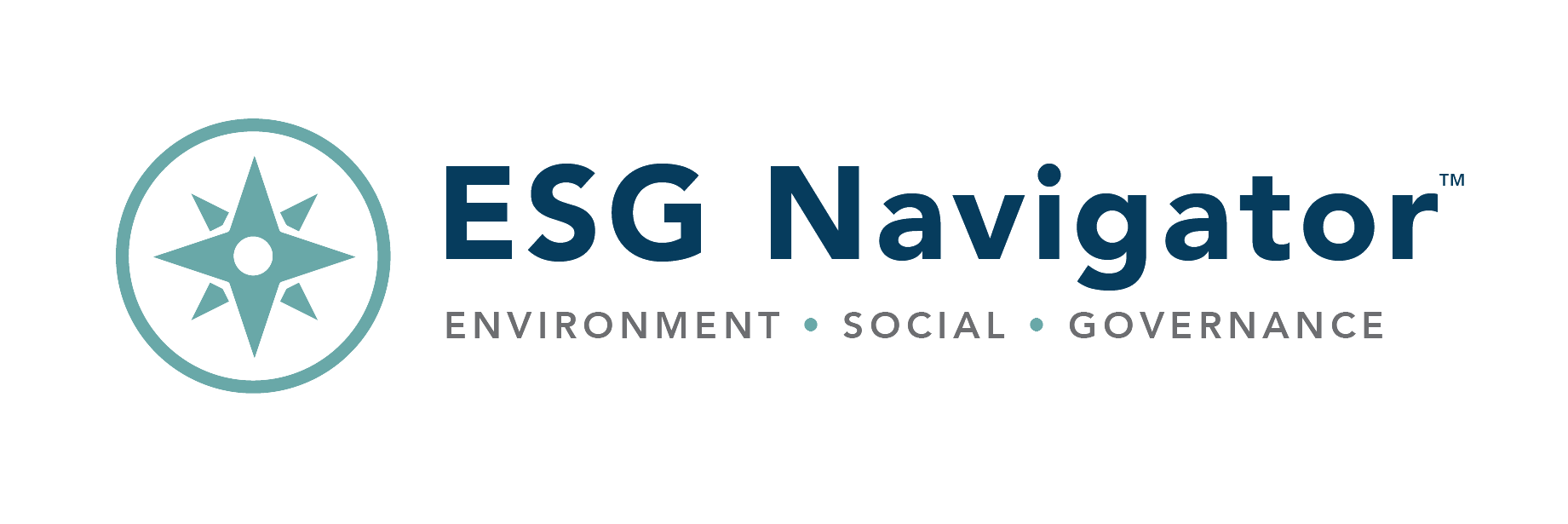- Understanding the Scale
- Tough Rating Scale. This is not your traditional rating scale. Executives must be prepared to see their company rated as solidly Stage 1 (in a four-stage model) – even if they are doing many good things.
- There is no inherently right or wrong place to be on this continuum. The Sustainability Scorecard™ focuses on progressing through various stages. “Right” or “wrong” depends on timing: the time it takes for a risk you think is far in the future to knock on your doorstep, or the time it takes for an opportunity you think is in the future to suddenly get gobbled up by a competitor.
- How Companies Stack Up Today
Based on our work with hundreds of companies globally over the past 30 years, and having used the sustainability scorecard in various ways with companies since 1998, our estimates as to where companies globally stack up today are depicted below.

- Key Characteristics of Each Stage
Based on our experience, a handful of attributes tend to characterize companies at each stage of the Scorecard. - Attributes Needed to Advance to the Next Stage
Based on our experience, companies need a handful of attributes to advance to the next stage of the Scorecard. - Ask yourself these “strategic questions”
- If this picture (of how we stack up today) is generally accurate, is it good enough?
- How fast is the landscape changing in our industry?
- Are we monitoring potentially disruptive innovations that could transform our industry radically – as Airbnb is doing in hotels, Tesla in automobiles, Uber in urban transport, and so on?
- There are 17 elements (rows) on the Scorecard – each representing a “C-suite Sustainability Lever.” For any company, about 2o percent of those levers likely contain about 80 percent of the value of the ‘right’ sustainability initiatives to focus on. How do we determine those few C-suite sustainability levers?
- What is the cost of moving to the next stage?
- What are the benefits of moving to the next stage?

